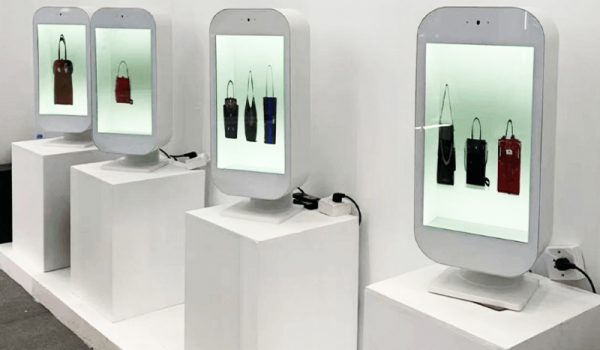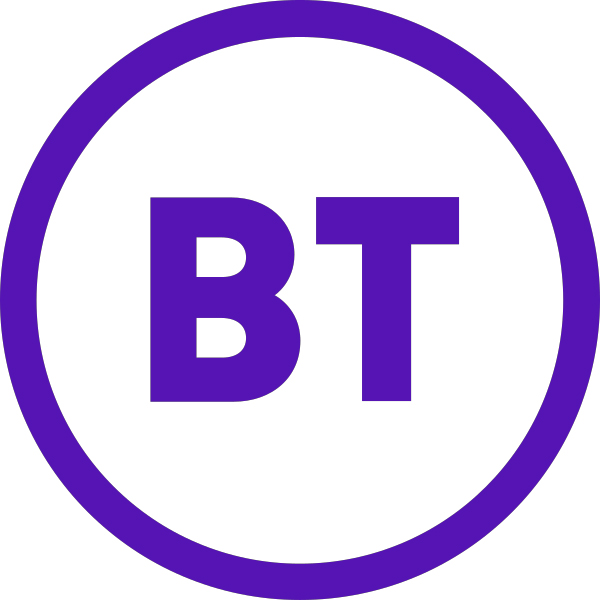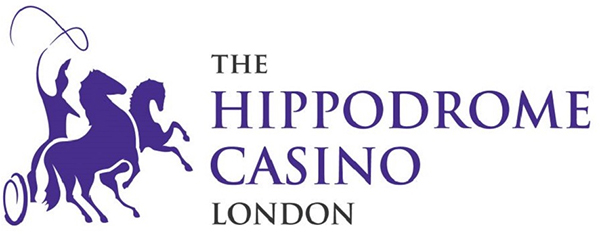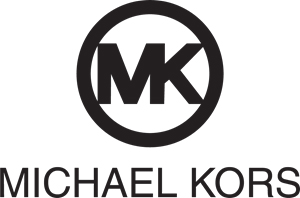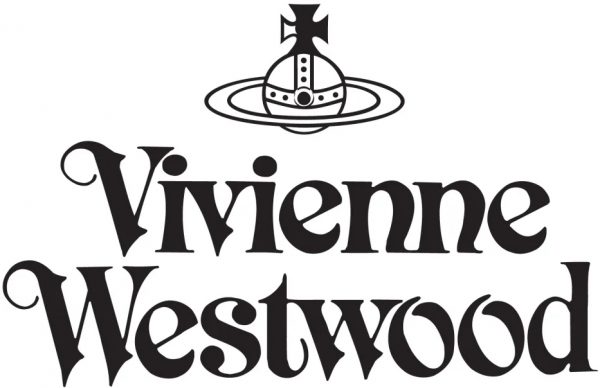How Top Retailers Use Digital Signage to Drive Sales
11 Apr 2025The retail sector constantly seeks effective methods to capture customer attention and boost revenue. One increasingly significant tool in their arsenal is digital signage. Leading retailers are strategically implementing visual display technology to enhance the shopping experience and directly influence purchasing decisions. This article examines specific ways these top businesses employ digital signage to achieve sales growth.

Attracting Attention from the Outset with Storefront Displays
One key application is the use of large-format LED screens in prominent locations. Consider a major fashion retailer installing a high-resolution screen in their shopfront window. Instead of static mannequins, this screen displays dynamic catwalk footage, seasonal promotional videos, and real-time social media feeds showcasing customers wearing their products. This moving imagery attracts the eye of passers-by more effectively than traditional displays, drawing them into the store. The ability to update content quickly also allows retailers to react instantly to trends and promote specific items based on current popularity.
Enhancing the In-Store Experience and Highlighting Promotions
Inside the store, digital signage serves multiple purposes. Prominent displays near entrances can highlight daily specials or new arrivals, acting as immediate calls to action. For example, a large electronics retailer might feature a limited-time discount on a popular television model on a screen directly inside the door. This immediate visibility increases the likelihood of customers considering and purchasing that specific product during their visit.
Providing Product Information and Facilitating Comparison
Furthermore, digital signage is used to enhance product information and comparison. Instead of relying solely on printed labels, retailers are installing interactive kiosks or screens adjacent to products. A customer browsing smartphones, for instance, can interact with a nearby display to view detailed specifications, compare different models side-by-side, watch product demonstration videos, and even read customer reviews. This self-service information empowers shoppers and can address queries they might otherwise need to seek staff assistance for, ultimately streamlining the purchasing process and potentially leading to a more informed and confident buying decision.
Driving Impulse Purchases at the Point of Sale
Another effective tactic is the use of digital signage at the point of sale. While customers are waiting to pay, strategically placed screens can display impulse-buy items, promote loyalty programs, or advertise upcoming sales events. A supermarket might show tempting images of seasonal treats or meal solutions near the checkout, encouraging last-minute additions to the basket. Similarly, a department store could use this space to highlight the benefits of their store credit card or announce a weekend discount, incentivising future purchases and building customer loyalty.
Maintaining Brand Consistency Across Locations
Top retailers also understand the value of using digital signage to create a consistent brand experience across all their locations. Centralised content management systems allow them to deploy uniform messaging and branding across their store network, ensuring that customers encounter a familiar and cohesive visual identity regardless of the specific branch they visit. This reinforces brand recognition and strengthens customer trust. For example, a coffee chain can simultaneously update menu boards with seasonal offerings and promotional messages across all its outlets, ensuring consistent information and visual appeal.
Leveraging Data for Targeted Marketing
Moreover, digital signage facilitates data-driven marketing strategies. Some advanced systems incorporate analytics capabilities, tracking which content is viewed most frequently and for how long. This information allows retailers to understand customer preferences and optimise their content accordingly. For instance, if a particular product demonstration video on an in-store screen consistently receives high engagement, the retailer can choose to feature similar content more prominently. This iterative process of content refinement based on actual customer interaction leads to more effective and targeted messaging.
Integrating Digital Displays at the Shelf Edge
Consider the application of smaller digital displays integrated directly into shelving units. These screens can highlight specific product features or offer price comparisons at the exact point of decision. A cosmetics retailer might use shelf-edge displays to showcase application tutorials for a particular skincare product or to compare the benefits of different foundation types. This targeted information, presented precisely when the customer is considering a purchase, can significantly influence their choice.
Enhancing Ambiance and Customer Experience
Furthermore, digital signage plays a crucial role in enhancing the overall ambience and customer experience within retail spaces. Screens can display visually appealing imagery, calming scenes, or even interactive art installations, contributing to a more engaging and enjoyable shopping environment. This positive atmosphere can encourage customers to spend more time in the store and feel more connected to the brand. A clothing retailer might use large screens to create a mood that aligns with their current collection, enhancing the perceived value and desirability of their garments.
Combining Digital Signage with Other Technologies
Retailers are also exploring the integration of digital signage with other technologies. For example, some systems connect with inventory management to automatically update displays with product availability information. A shoe store could have screens showing the sizes currently in stock for a particular style, saving customers and staff time. Another integration involves using mobile technology, allowing customers to interact with digital displays via their smartphones to access additional product information or personalised offers.
Showcasing Products in Showrooms and Experience Centres
The use of digital signage extends beyond traditional brick-and-mortar stores. Retailers with showrooms or experience centres utilise large, interactive displays to allow customers to explore product ranges in detail, configure custom options, and visualise potential purchases. A furniture retailer might have a digital display where customers can customise the fabric and configuration of a sofa and see it rendered in 3D on a large screen. This immersive experience can significantly enhance customer engagement and confidence in their purchasing decisions.
Conclusion:
Top retailers are strategically deploying digital signage in numerous ways to drive sales. From attracting customers at the shopfront to providing detailed product information in-aisle and encouraging impulse buys at the checkout, dynamic visual displays are proving to be a powerful tool. The ability to update content easily, create consistent branding, gather data-driven insights, and enhance the overall customer experience makes digital signage an increasingly vital component of successful retail strategies. Retailers who effectively implement these technologies are well-positioned to capture customer attention, influence purchasing decisions, and ultimately achieve significant sales growth. To discover how UNIFY VSN Ltd.’s range of digital signage solutions, including large-format LED screens, interactive displays, and transparent LED film, can help your retail business achieve similar success, contact us today for a consultation.






